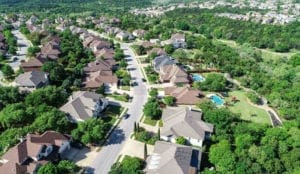
Land Subdivision: A Practical Guide for Central Texas
Considering developing land in Central Texas? There are several important steps that you need to take, and one of them is Land Subdivision.
Learn from award-winning professionals — explore our whitepapers, blogs, and the latest industry updates.
Join our dynamic organization of engineers, land surveyors, landscape architects, environmental scientists, and architects!
Talk to a market leader today! We’ll answer any questions you have about our professional services.
Waterloo Park, named after the original Central Texas town we all know as Austin, is finally reopening to the public on Saturday, August 14th, 2021, after being closed for almost a decade to make way for the construction of the Waller Creek flood control tunnel.
Waterloo Park first opened in 1975 as part of 1970’s urban renewal efforts along Red River Street and Waller Creek. It was a popular destination over the years for numerous concerts, festivals such as Fun Fun Fun Fest and Spamarama, and other events until it was closed for construction.
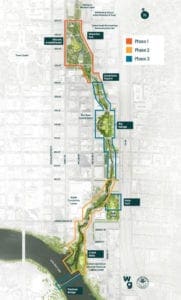 The First Link in the Chain
The First Link in the ChainThe Waterloo Park project is the first phase of a multimillion-dollar comprehensive restoration of lower Waller Creek, called the Waterloo Greenway park system. The overall project will stretch from 15th street all the way to Ladybird Lake and will eventually connect Waller Creek, Waterloo Park, the Butler Hike and Bike Trail, and other green spaces, for a total of 35 acres of public land. The 1.5-mile chain of parks will be connected by bicycle and pedestrian trails and will host community gatherings, musical and cultural performances, and many other events in the future.
The 11-acre park is the largest of all the parks within the new system and will feature hike-and-bike trails, an elevated promenade, custom-built playscapes, multiple gardens, and wetland spaces.
The crown jewel of the park is the brand new 5000-seat Moody Amphitheater designed by Thomas Phifer and Partners, which the entire park is centered around.
“Waterloo Park is one way the City and partners are supporting the collective expression of Austin’s diverse and creative spirit. The reopening of this space will provide the community reimagined play spaces, relaxing leisure areas, and build upon Austin’s offerings of some of the greatest outdoor live events in the nation,” said Mayor Steve Adler.
Over 500 trees were added to the park, including 4 Heritage Trees from around the Austin area. There are a total of 90,000 plant species on the site, most of which are native to Central Texas. The environmentally friendly space will also feature green roofs, rain gardens, and an irrigation system that pumps straight from the adjacent Waller Creek. Even the toilets throughout the park will flush with reclaimed water!
“We’re honoring the culture of the area, while building a place that is a vital part of what Austin will become, said Kathy Miller, Interim CEO of Waterloo Greenway. Visitors to the park will see historical details like the park’s original retaining walls in the Hill Country Gardens, scribed with hand-written notes that date back to the 1970s. The preservation of heritage live oak trees throughout the park is a nod to its history, and we look forward to launching new community programming to ensure all feel welcome in this inclusive and equitable space.”
The Waller Creek Tunnel, just west of the wetland area in the park, removes more than 28 acres of downtown from the floodplain, helping to protect dozens of structures and roadways from flash flooding. It also helps reduce bank erosion during wet times and pump water from Lady Bird Lake back into Waller Creek during drier periods.
WGI was selected to provide Civil Engineering services for Waterloo Park, as well as the overall Waterloo Greenway Park System. The project required extensive and complex coordination between multiple landscape designers, planners, engineers, watershed specialists, and a wide array of City departments.
WGI was just one of many entities eager to team up and collaborate on this epic revitalization effort between Waterloo Greenway, The City of Austin and Michael Van Valkenburgh Associates, Inc. (MVVA). Other partners who helped with this endeavor include but are not limited to: dwg., AEC, EEA, Michael Hsu Office of Architecture, DPR Construction, and Peabody General Contractors.

We’ve done many complex projects like this and we’re ready to collaborate with your team on the next one. Contact us today and let’s discuss how we can create the next signature urban park in your city!
WGI is a national design and professional services firm leading in technology-based solutions for the construction of public infrastructure and real estate development. At WGI, we’re providing Tomorrow’s Infrastructure Solutions Today.

Considering developing land in Central Texas? There are several important steps that you need to take, and one of them is Land Subdivision.
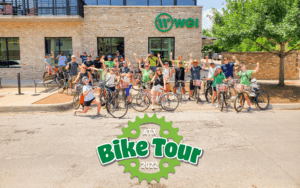
Take a ride with our Austin office as they celebrate WGI’s 5th Annual Project Bike Tour!
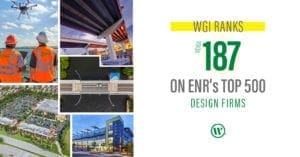
WGI moves up 37 spots on Engineering News-Record (ENR)’s 2020 Top 500 Design Firms List.
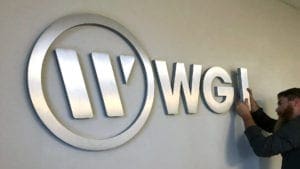
We’re refreshing our brand to reflect the energy, inspiration, and excitement that we feel when we come to work every day.

Waterloo Park was recently recognized as a recipient of the 2022 ULI Austin Impact Award for Best Public Place.
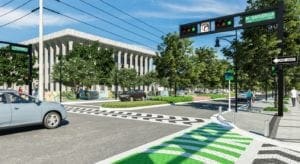
Discover the 3D design software breakthroughs that are enabling designers to accomplish things that CAD users could only dream about.
You’ve been searching for a place like WGI. We look forward to meeting you soon.
Sign up to receive emails to hear our latest news and achievements in our monthly newsletter.
Enter your zip code, and we’ll personalize your experience with local projects, office locations, team members, and more.
WGI supports its associates with meaningful opportunities for growth, strong benefits and perks, while we work collaboratively with clients and co-consultants to shape and improve communities.






WGI is a dynamic organization with opportunities nationwide for engineers, land surveyors, landscape architects, environmental scientists, and architects.